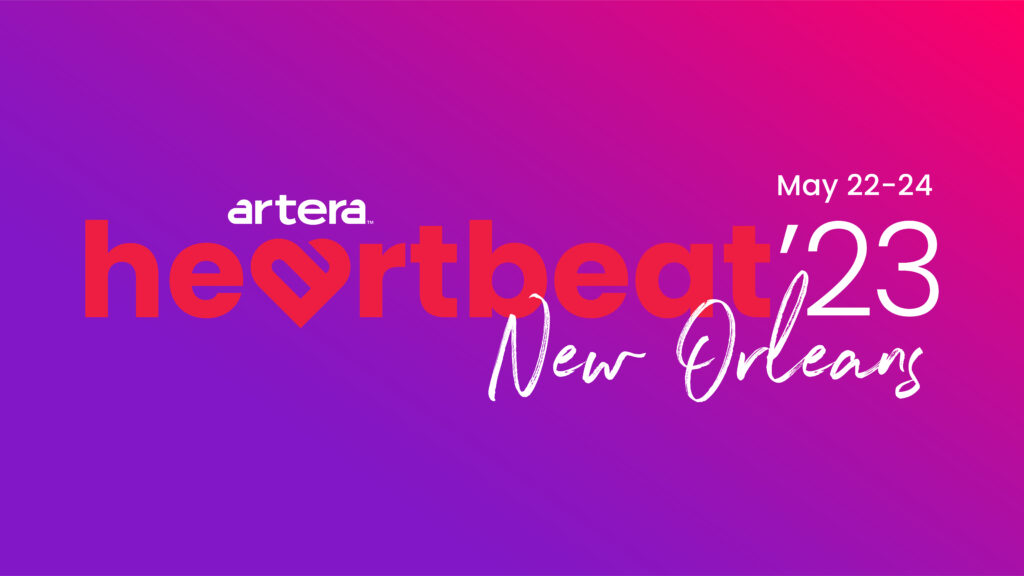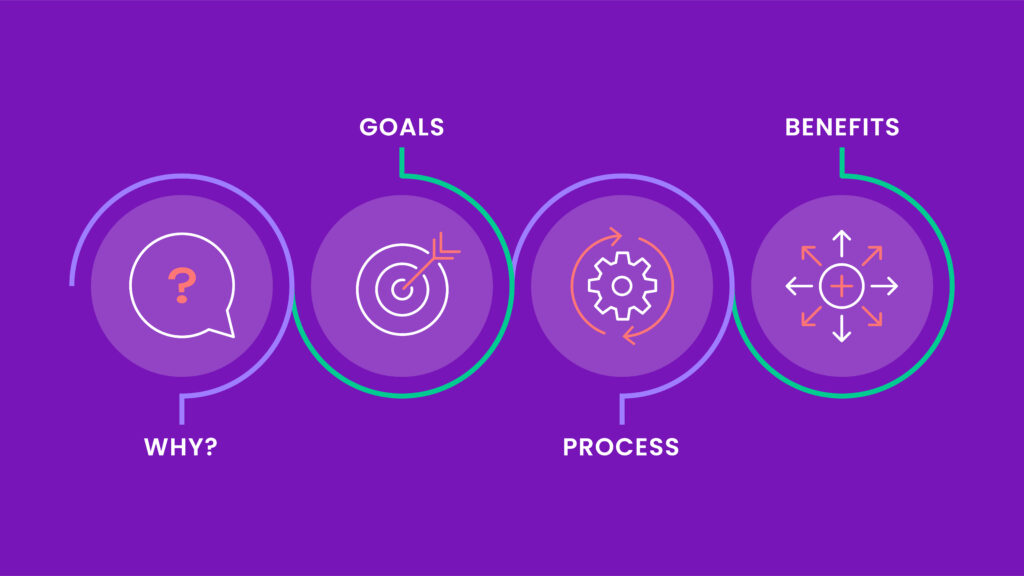
SHARE:
[DISPLAY_ULTIMATE_PLUS]
If your healthcare tech stack is already overloaded, it can be tempting to look for one piece of software that can do everything.
Dubbed “one app to rule them all,” the healthcare software could manage everything from billing and patient surveys to prescription refills and cancer care journey navigation.
It’s a captivating concept, at least in theory.
“When one platform tries to excel in a vast number of areas, it usually ends up doing them all badly,” Chris Hogg, CCO of Propeller Health, wrote in an article for TechCrunch. “If you’ve used a leading marketing software platform that I won’t name, you know this to be true.”
That’s why you need a best-of-breed solution. Here’s what to consider when looking for healthcare software vendors for your ecosystem:
1. Prioritize patient experience
Attempting to meet all healthcare needs in one piece of technology invariably overlooks patient experience. Take the patient portal, for example. In one study, of patients who had seen their doctor in the previous year, more than 60 percent of patients hadn’t logged in to the portal during that time frame. And yet, the portal is still often considered the go-to solution for patient communication, patient education, and secure messaging.
Instead, opt for a patient communication platform that meets patients where they are — on their phones. They don’t need another password to remember or app to download, either. For the vast majority of patients, texting is the preferred means of communicating with their doctors.
Whether the use-case is communication, ride-share transportation, or online billing, a vendor who specializes in that one thing will provide a better user experience than one that tries to do everything well.
2. Choose a platform built for healthcare
From finance to fast food, other industries all think they have lessons to teach healthcare. But healthcare is both more complex and more personal than other industries, Hogg argues.
“People’s humanity, dignity and lives are at stake, and they deserve our obsessive focus on an experience built specifically for them,” he says.
Unique healthcare industry challenges deserve solutions built for healthcare and the patient journey. Case studies featuring healthcare clients offer initial proof. For further verification, check out company reviews on G2 and Capterra. End users will let you know how a piece of healthcare software is working for them and whether it is likely to work to solve your unique use case.
3. Insist on interoperability
When you invest in a new healthcare software, it has to work seamlessly with your other vendors. Choosing best-of-breed solutions only works when they work together. Select vendors with a proven track record of integrating with both EMRs and other third-party vendors. They should show flexibility and expertise when doing so.
Here’s why: Poor integration can have huge ramifications and costs. Either a new product won’t work at all in your ecosystem, or it will only kind of work. In either case, you’re not getting your money’s worth.
Why WELL is the best-of-breed solution for patient communication
WELL was built for patient communication. It is a fully integrated healthcare platform that enables health systems to communicate securely across a patient’s preferred channel — including text messaging, email, phone, and live chat. Patient experience drives us.
WELL prioritizes interoperability and is built to be the communication solution for all of your tools. Our flexible API unites disparate technologies, including the leading EHRs and other third-party vendors, to enable seamless conversations with patients, coordinate recalls and referrals, receive payments, and more. ♥


